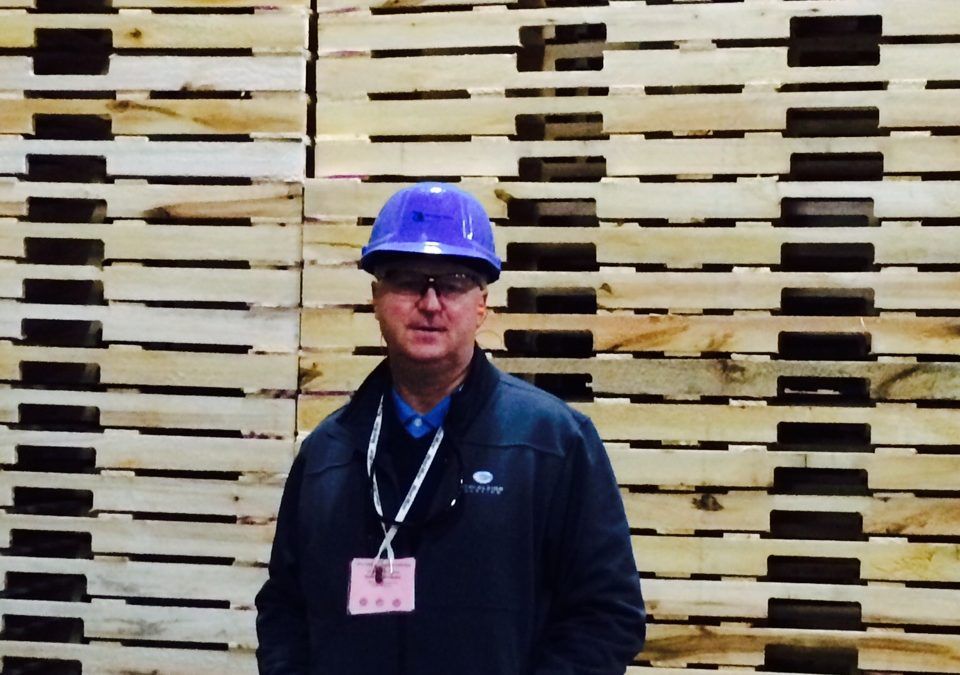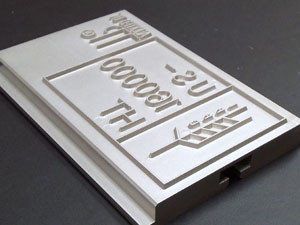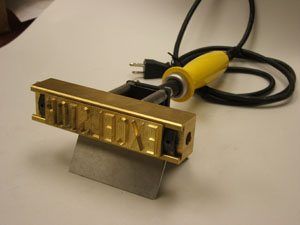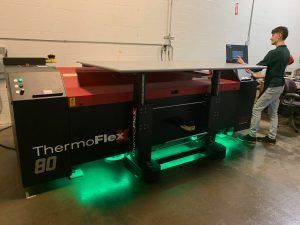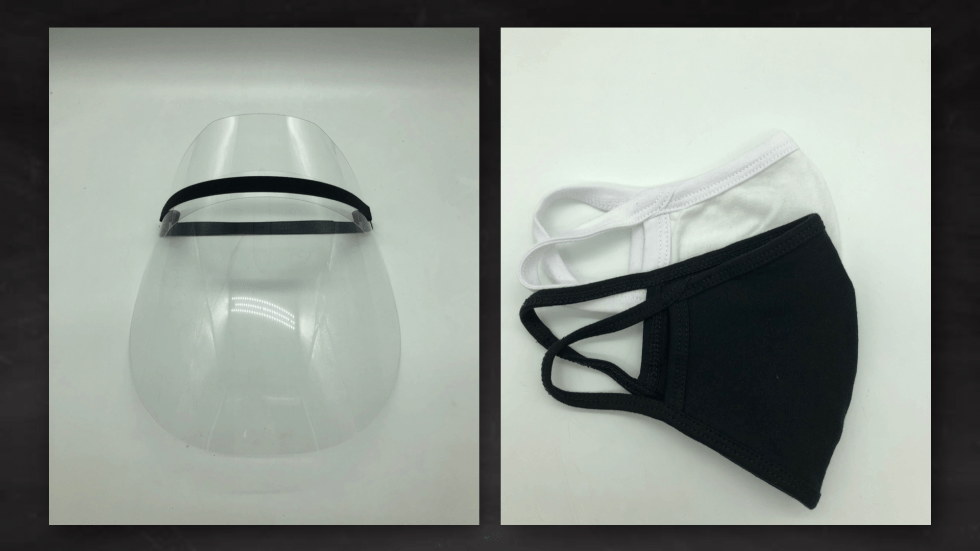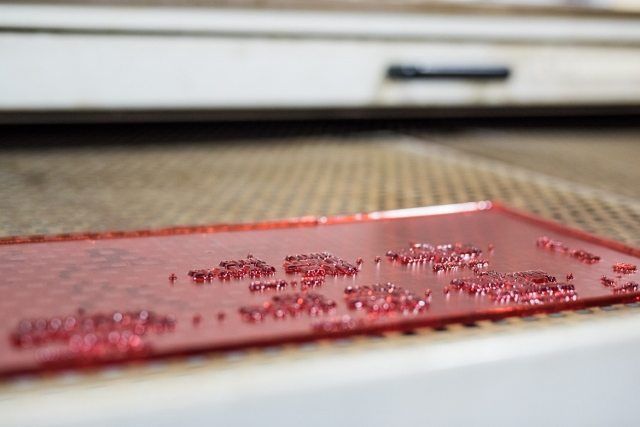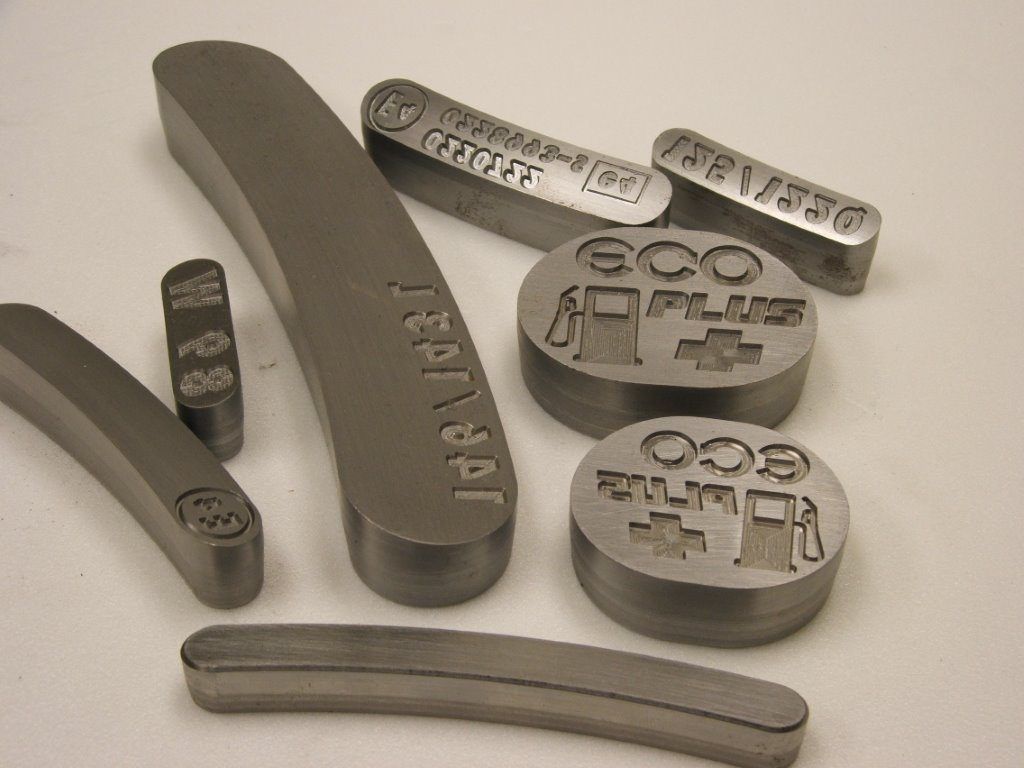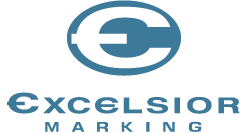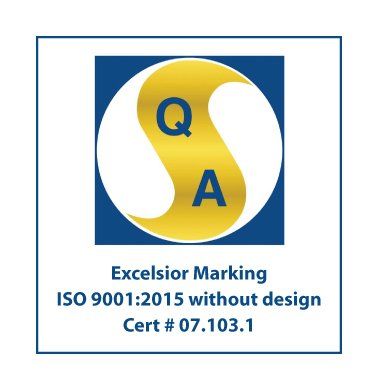Ruining Your Reputation by ‘Getting Real’ on Social Media
Almost every single company in the world has a social media presence. Someone in every company is writing tweets, composing email messages, crafting Facebook posts, and attempting to engage customers in a friendly conversation in which the company looks great and the consumer is compelled to do business.
That kind of thing has been going on for years. But recently, I’ve seen many marketing blogs that suggest that we’re approaching consumer engagement in the entirely wrong way. For those bloggers, social media work must truly be social. In other words, the content must feel like it comes from a human being and be somehow authentic and real.
Companies that engage with consumers in that manner, the thinking goes, will experience astronomical success that eludes others. Some bloggers are going so far as to suggest that CEOs and other executives, under their own names, should communicate with clients directly rather than attempt to speak for a business.
Let me say upfront that I think this approach can be catastrophic for some companies, as it often leads to really nasty reputation management problems. In fact, I think that getting real isn’t at all the right approach for companies that really want to do business in the years ahead.
And I’ll tell you why.
The Concept of Human
There are myriad wonderful attributes that humans share. We can be funny, supportive, generous, and even amazingly kind. We can also be sad, needy, depressed, and sometimes just a little scary. That full range of emotions is what makes all of us real, but some of those emotions have no place in a business social media site.
The following example is a few years old, but it demonstrates what I’m trying to say with eerie precision. In 2011, a social media agency responsible for the Chrysler account confused the personal and the professional and tweeted a message that condemned all Detroit residents for the way they chose to drive. There were numerous expletives involved in this message, so I can’t reproduce it here, and the person in question posted that message on the Chrysler page, not on his/her individual page. That person lost a job.
Now, on the surface, it might be easy enough to say that someone running a social media agency would know enough not to share something hostile on a client Twitter account. But, wasn’t this person being real and authentic? Wasn’t this person being human?
If Chrysler had followed the run-of-the-mill advice about being human online, it’s possible that this angry person might have experienced no confusion at all. The person would have posted on an individual page, expressing an individual thought. It’s possible that the reaction wouldn’t have been so severe if it came from an individual and not a company… but I’m not so sure about that.
Consider the backlash leveled against a PR professional who let out a very offensive tweet on the way to a conference in Africa. She mashed up race and a medical crisis in just a few simple letters, and she lost her job before the plane landed after scores of Twitter users complained about her choice of words.
In that example, the writer wasn’t speaking behind a company firewall. She was using her own social media site to express a personal, human opinion. In other words, she was doing what some want all of us to do. However, the outrage her authenticity sparked was tremendous. People didn’t appreciate her thoughts, even if they were human.
I work in the reputation management field, so you’d think I’d be jumping for joy when I see little examples like this. After all, each gaffe requires assistance to fix it, and that’s the kind of work companies like mine do regularly. But honestly, these problems make me deeply sad because they are so very avoidable.
Words of Reason
I understand that social media has the ability to expand our horizons and provide us with the ability to reach out to consumers in a new way. But, remember that consumers aren’t our “friends,” even if we communicate with them on social media channels. They are consumers, and they want something from us. They understand the transactional nature of the relationship, and they (probably) want us to hold up our end of the bargain by being professional, charming, and a little less embarrassing.
In my opinion, the safest approach involves hierarchy. Social media channels in which random strangers or potential clients can join in the conversation should be a little more professional and a little less social. No outbursts, racy content, unusual jokes, or rants should ever show up here. Period. If those human thoughts simply must be expressed, they should wend their way onto private sites with locked guest lists made up of friends and family members, not outsiders.
I’ll go a step further, too, and suggest that this kind of content shouldn’t appear on social media sites at all, no matter who might be on the receiving end of those messages. It’s all too easy to cut a comment and paste it somewhere else, and it’s all too easy for a disgruntled reader to strike out against the company.
* * *
Professionalism should mark every interaction online, even if that makes the person’s online persona a little less than human.
To me, the hope for safety is just part of human nature. Eliminating the nasty parts of an authentic social media persona make that safety a little easier to achieve.
by Jean Dion | May 20, 2014 | Senior Journalist | InternetReputation.com
